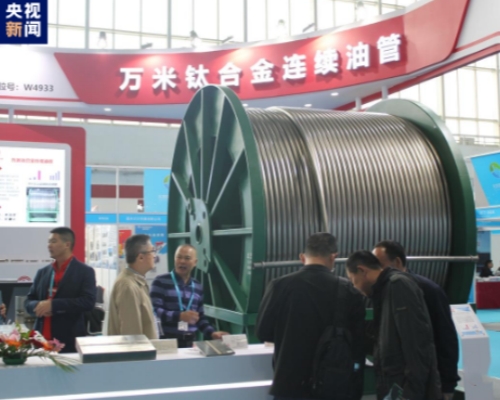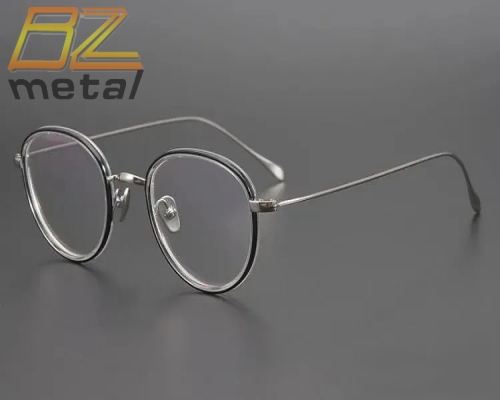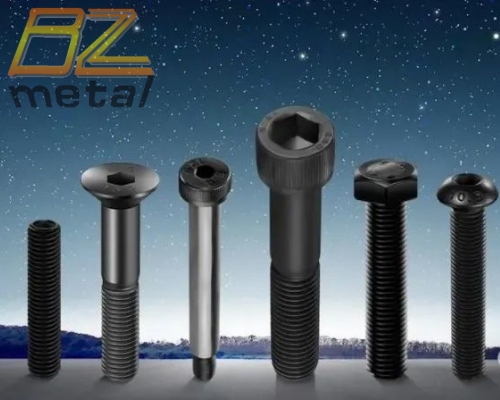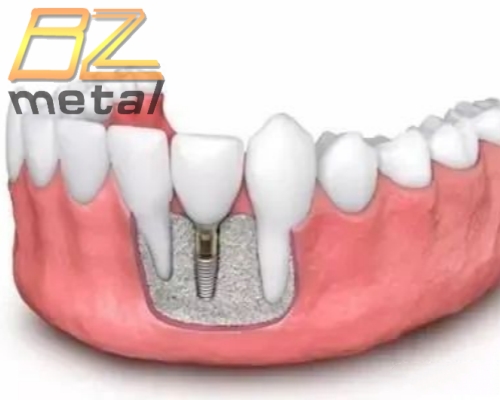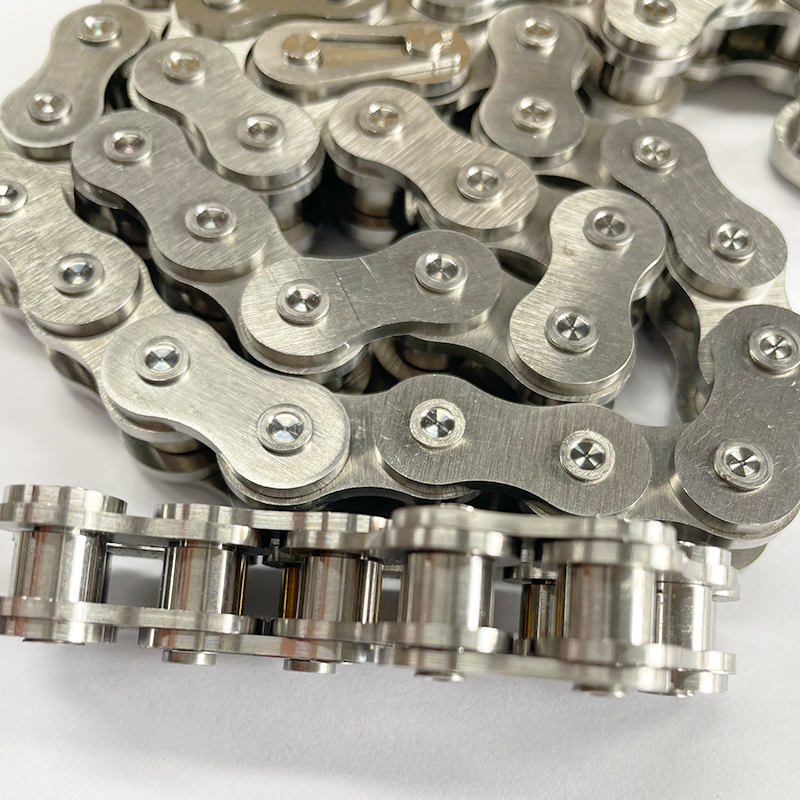Excellent Choice For Additive Manufacturing In The High-End Aerospace Sector: Titanium, Aluminum All
Excellent Choice For Additive Manufacturing In The High-End Aerospace Sector: Titanium & Aluminum
Both titanium alloys and aluminum alloys have their merits and are commonly used materials in the high-end aerospace sector for additive manufacturing. The choice between the two depends on various factors, including the specific application, requirements, and budget considerations. Here's a breakdown of the advantages of each material:
Titanium:
Strength-to-Weight Ratio: Titanium is known for its exceptional strength-to-weight ratio, making it ideal for aerospace applications where weight reduction is critical. It is stronger and lighter than many steel alloys.
Corrosion Resistance: Titanium is highly resistant to corrosion, which is essential for aerospace components exposed to harsh environments.
High Temperature Performance: Titanium can withstand high temperatures, making it suitable for parts near engines and exhaust systems.
Biocompatible: Titanium is biocompatible, which makes it suitable for aerospace components like implants and medical equipment.
Aluminum Alloys:
Lightweight: Aluminum alloys are lighter than titanium, which can be advantageous for reducing overall aircraft weight.
Cost-Effective: Aluminum is generally more cost-effective than titanium, which can be a significant factor in large-scale aerospace manufacturing.
High Thermal Conductivity: Aluminum has excellent thermal conductivity, which can be useful for components that need to dissipate heat.
Machinability: Aluminum is relatively easy to machine and work with, which can be beneficial for manufacturing processes.
The choice between titanium and aluminum alloys in the high-end aerospace sector often comes down to trade-offs between weight, strength, cost, and specific application requirements. For critical components in the aerospace industry, such as engine parts and structural components, titanium is often preferred due to its superior strength and corrosion resistance. However, aluminum alloys are still widely used, especially in less critical or less weight-sensitive areas, where cost-effectiveness is essential.
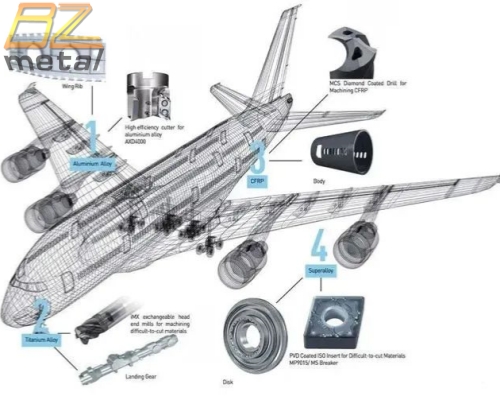
In recent years, additive manufacturing, including processes like selective laser melting (SLM) and electron beam melting (EBM), has allowed for the production of complex geometries and lightweight structures in both titanium and aluminum alloys. This technology has expanded the possibilities for both materials in aerospace applications, allowing for more efficient and optimized designs.
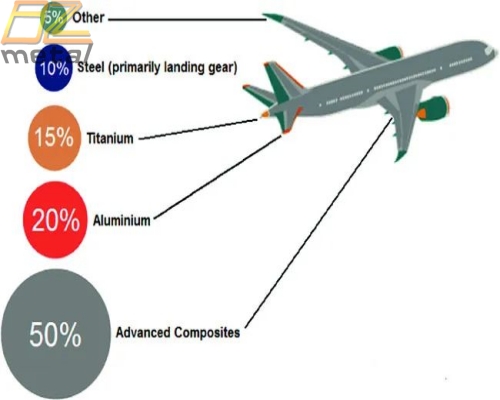
Ultimately, the choice of material for additive manufacturing in the high-end aerospace sector should be based on a thorough analysis of the specific requirements of the part or component being produced, taking into consideration factors such as weight, strength, cost, and environmental conditions.

